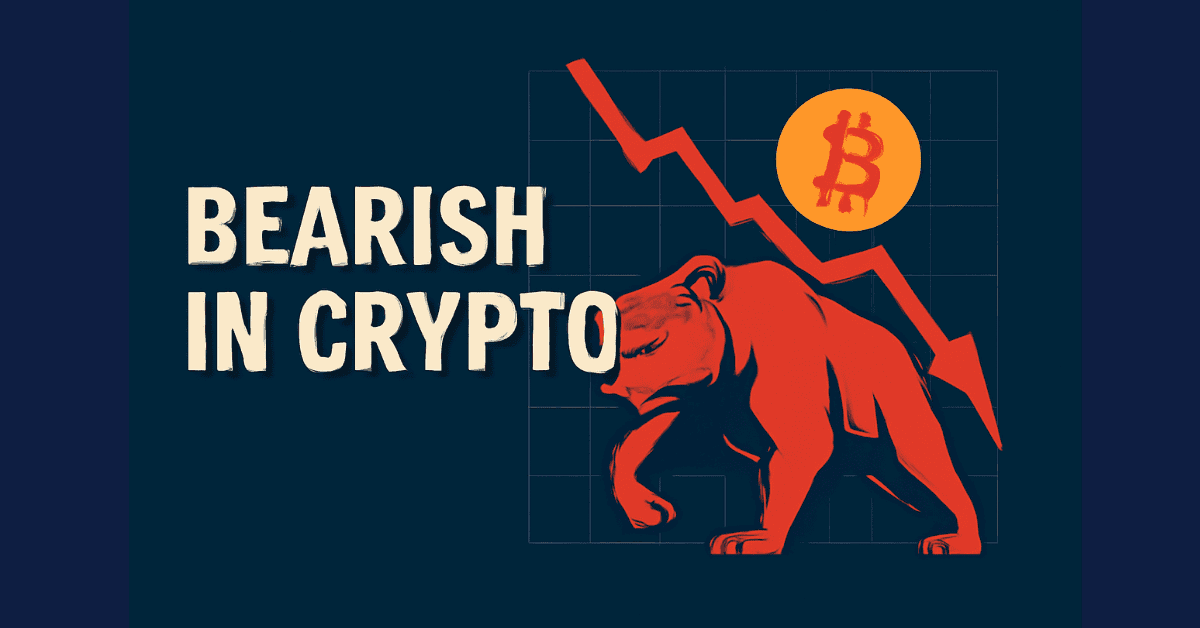
Bearish in Crypto: How to Make Profit?
1. What is Bearish?
"Bearish" is a term used to describe a market condition where the price of an asset is declining. When a trader or investor has a "bearish" view, they predict that the price of an asset will continue to fall in the near future.
2. Difference Between Bearish and Bullish
Bearish: A downtrend in prices, expecting further price decreases.
Bullish: An uptrend in prices, expecting further price increases.
3. Bearish Market in Crypto
A bearish market occurs when the price of an asset continuously declines, usually by more than 20% from its previous peak. Factors such as economic conditions, rising interest rates, financial crises, or issues within the crypto market (such as exchange collapses or regulatory changes) can trigger a bearish market.
4. Signs of a Bearish Market
Continuous Price Decline: After a large sell-off, the asset price continues to decline gradually.
Decreasing Trading Volume: Indicates that investors are less interested, and selling pressure is increasing.
Negative Market Sentiment: Investors become anxious and sell assets to minimize losses.
Technical Patterns: Technical indicators such as "Head and Shoulders" pattern or an RSI below 30 suggest a downward trend.
5. Applying Bearish Market in Crypto Trading
Short Selling: A trader borrows assets, sells them, and buys them back at a lower price to profit from the decline.
Derivatives Trading: Opening short positions in futures or options contracts to profit from falling prices.
Dollar-Cost Averaging (DCA): A strategy where small, regular investments are made, reducing risk and taking advantage of lower prices.
Staking and Yield Farming: Locking assets to earn rewards, generating additional profits while waiting for the market to recover.
Cycle Trading: Buying when prices slightly recover and selling before they drop again.
HODL (Long-term Investment): Holding assets long-term, hoping for price recovery.
6. Mistakes in a Bearish Market
Selling Without a Plan: Due to fear, investors may sell at low prices just before the market recovers.
Buying Too Early When Prices Drop: Purchasing too soon while prices continue to fall can result in significant losses.
Not Managing Risk: Failing to set a Stop-Loss is a critical mistake in a volatile market.
Relying on Rumors: Trading based on emotions or rumors can lead to poor decisions.